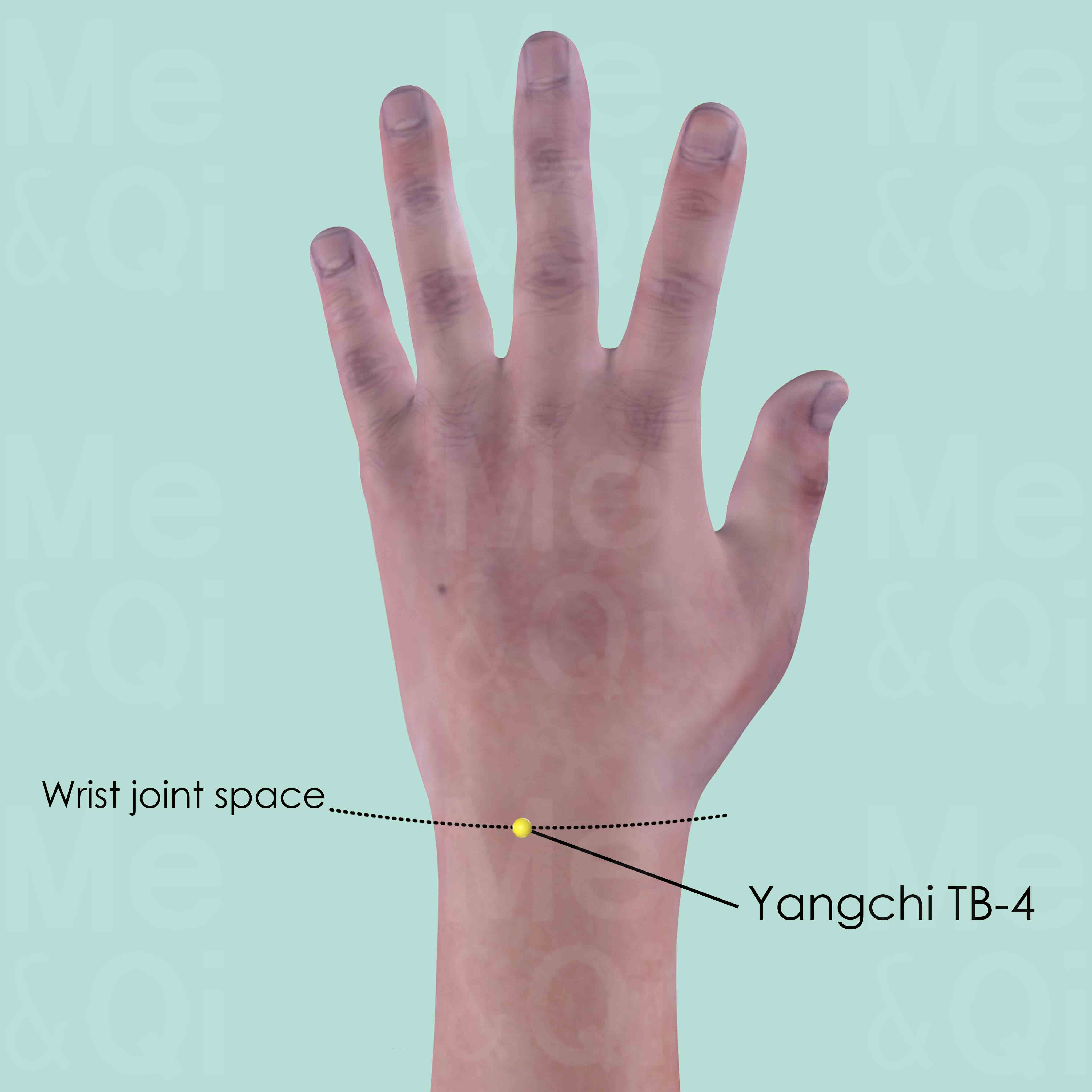Wrist Swellingaccording to TCM
Symptom families: Joint Symptoms, Wrist Symptoms
What is Wrist Swelling?
Wrist swelling is a common symptom characterized by an increase in size or a puffiness in the wrist area, often accompanied by pain or discomfort. This condition can arise from various causes, including injury, repetitive strain, inflammation, or underlying health conditions such as arthritis.
It can restrict movement and affect the ability to perform daily tasks that involve the hands and arms. Diagnosing the cause of wrist swelling is crucial, as treatment may vary widely depending on the underlying issue.
How does TCM view Wrist Swelling?
Traditional Chinese Medicine (TCM) approaches wrist swelling as an indication of a disharmony or imbalance within the body's energy system. TCM theory suggests that swelling can result from disruptions in the flow of Qi and Blood, leading to accumulations that manifest physically.
External factors like Cold or Dampness invading the wrist, or internal conditions such as Qi Stagnation or Blood stasis, are considered potential causes. Determining the precise TCM pattern underlying the symptom is a pivotal step in treatment, as it guides the choice of therapy, be it acupuncture, herbal medicine, or Tui Na massage.
Acupoints for Wrist Swelling
In TCM, addressing wrist swelling involves specific acupoints that are believed to clear blockages and restore a balanced flow of energy. One such acupoint is Yangchi TB-4 on the Triple Burner Channel. Located near the wrist, stimulation of Yangchi TB-4 is said to remove obstructions from the Channel, regulate body fluids in the Lower Burner, and tonify the Original-Yuan Qi as well as the Penetrating and Directing Vessels. Through such targeted acupoint therapy, TCM aims to relieve the swelling and restore harmony to the affected area.
See more details below about Yangchi TB-4, an acupoint used to address wrist swelling.
- By Meridian
- Triple Burner Channel

Yangchi TB-4
At the junction of the ulna carpal bones of the wrist dorsum, in the depression lateral to the tendon of extensor digitorum and extensor digiti minimi muscle.
